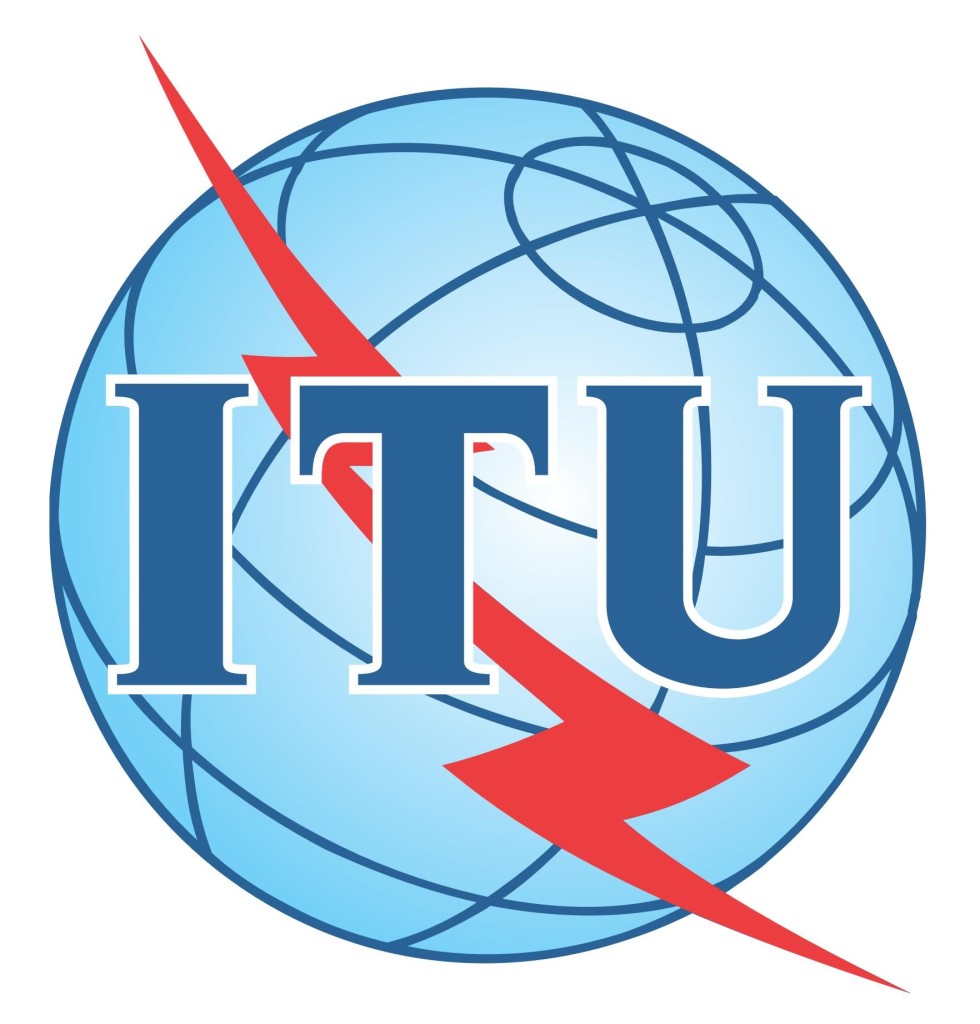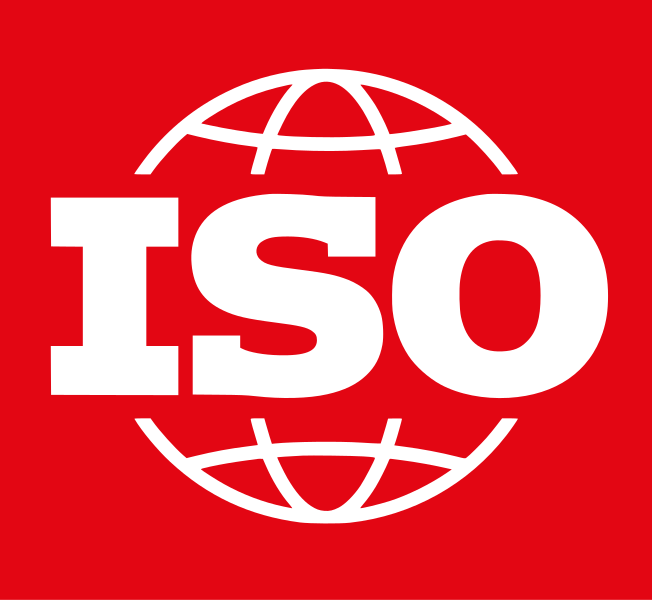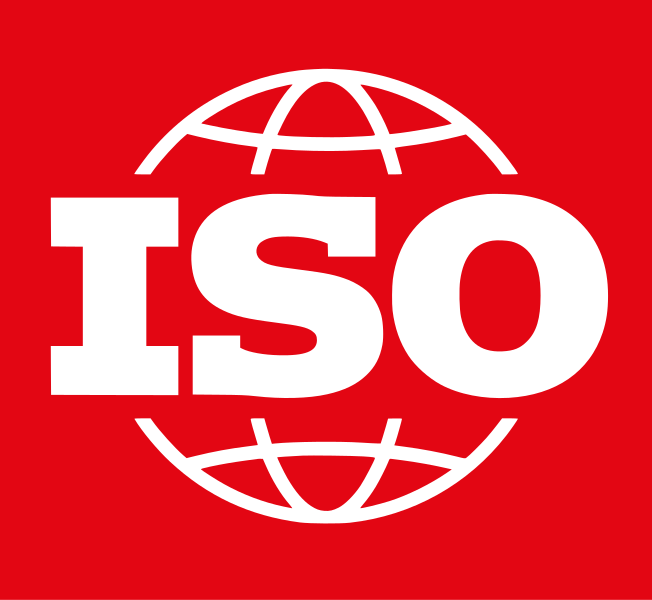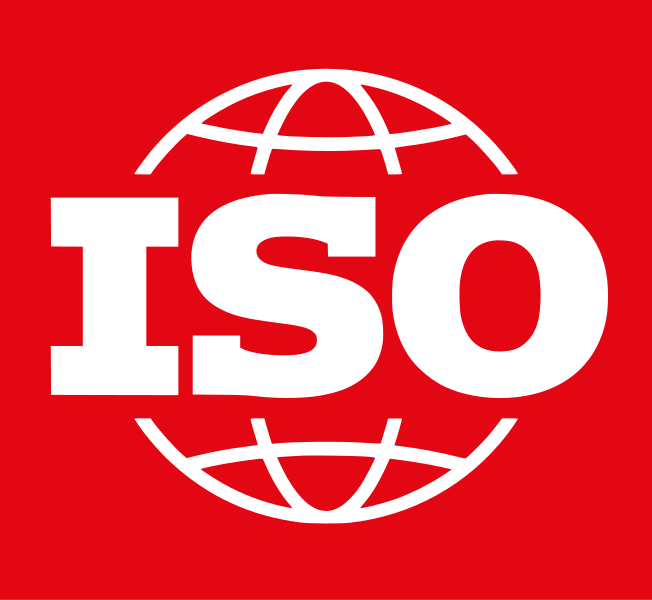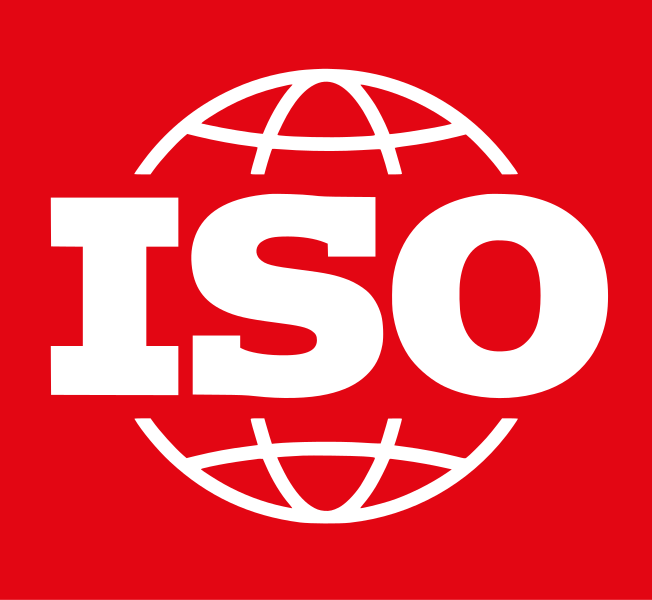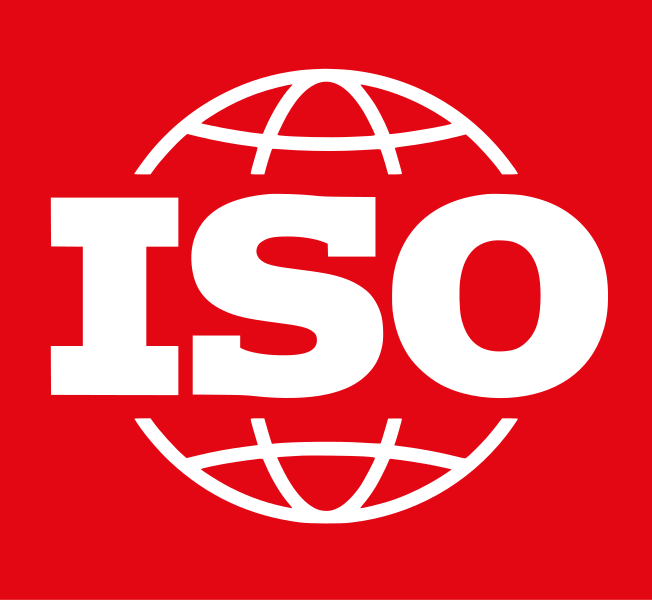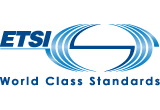Framework of network virtualization for future networks
Recommendation ITU-T Y.3011 describes the framework of network virtualization for future networks (FNs). It presents its motivation and definition, and describes the concept of logically isolated network partition (LINP) that is provisioned by network virtualization.
This Recommendation also discusses the problem spaces of network virtualization and investigates its design goals. Finally, this Recommendation discusses the applicability of network virtualization by summarizing its advantages and disadvantages. An appendix provides detailed use cases on various aspects of network virtualization, such as experimental network and mobility.
